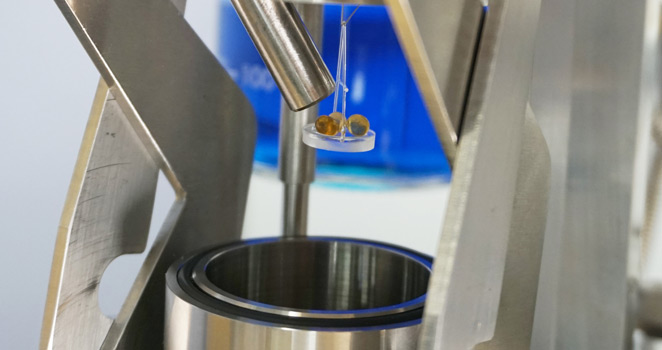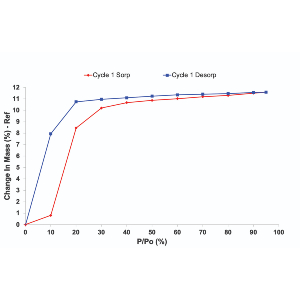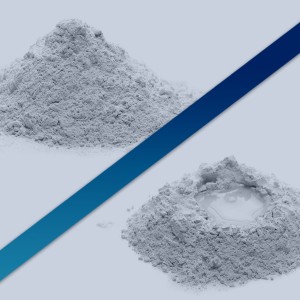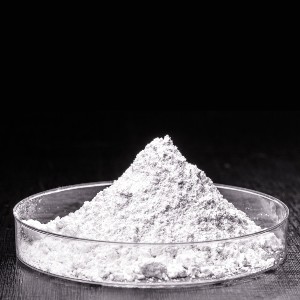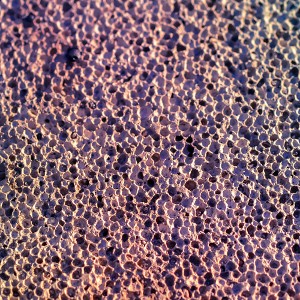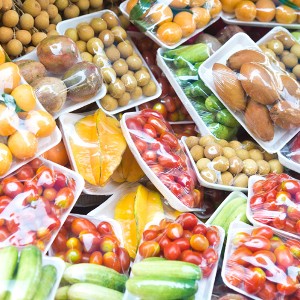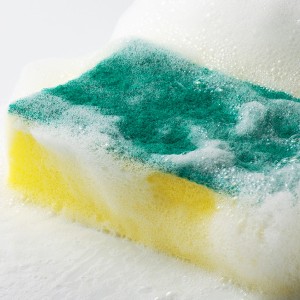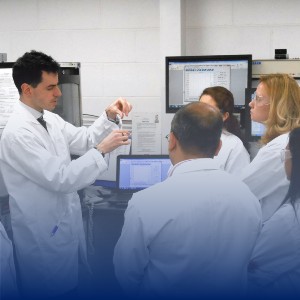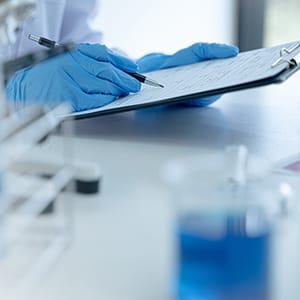
Sorption Overview Series #6
Demystifying Sorption Methods: A Quick Comparison for Better Research Decisions
As we conclude our ‘Sorption Overview’ series, we’ve examined the key experimental techniques used to measure gas and vapor sorption: gravimetric, volumetric, and chromatographic methods. Each technique provides valuable insights into fundamental material properties and helps evaluate material performance across a wide range of applications.
Refer to the comparison chart below to help determine which method best suits your research needs.
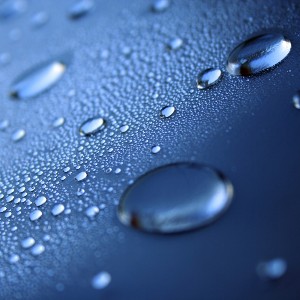
Gravimetric |
Volumetric |
Chromatographic |
|
Short Description |
A microbalance precisely measures the change in sample weight as gas or vapor is adsorbed, offering direct and accurate uptake data. |
The sample is placed in a sealed cell where controlled gas doses are introduced. Uptake is calculated by monitoring pressure changes over time. |
A gas stream of known flow rate passes through a packed bed of sample. Changes in outlet concentration are used to determine sorption via mass balance. |
Primary Measured Parameters |
Sample weight change. Temperature & pressure/concentration. |
Pressure decay in a closed cell of known volume. Temperature & pressure/concentration. |
Flowrate in/out of a packed bed. Temperature & pressure/concentration before and after the bed. |
Sample Minimum Amount |
from 1-10 mg |
from ~50-100 mg |
From 50-100 mg |
Sample Maximum Amount |
1 – 100 g |
1-5 g |
100 g – few kg |
Pros |
Highly accurate and flexible with samples and measurement conditions.Small sample amounts needed.Direct measurement of uptake.Can operate in both dynamic and static mode.Provides sorption kinetics by default.Can easily perform both isotherm (pressure scan) and isobar (temperature scan) experiments.Sample drying/activation is followed directly and quantified. |
Low complexity, simple to implement and to parallelize.Straightforward to obtain wide temperature and pressure ranges.Easier to hyphenate as the sample can be located away from the instrument. |
Provides true multicomponent sorption data from mixtures.Pulse retention time can be used to determine isotherms and surface parameters.IGC method can measure minute surface areas.Can provide information into process relevant parameters – mass and heat transfer. |
Cons |
Complex engineering required– best with bespoke instrumentation.Cannot measure true multicomponent sorption, though can measure total amount adsorbed from a mixture.Buoyancy correction may be difficult at high pressures. |
Indirect measurement of uptake – must rely on equations of state.Cannot use dynamic or carrier probe introduction.
|
Indirect measurement of uptake – must rely on equations of state.Complex to set up and correctly analyze data – best with bespoke instrumentation.Often not suitable for fine powders due to pressure drop. |
Method Applicable |
Static & dynamic introductionPure & carrier |
Static onlyPure & carrier |
Dynamic onlyPure & carrier |
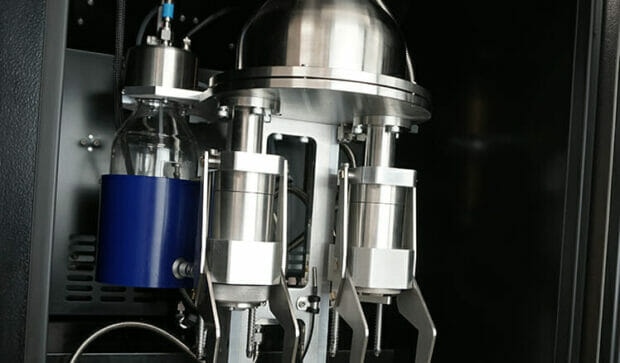
Interested in learning more about gravimetric and chromatographic techniques?
Join our Sorption Hub to gain access to a range of free educational videos from experts in sorption science or view our products.
